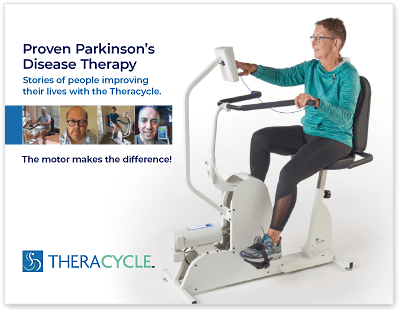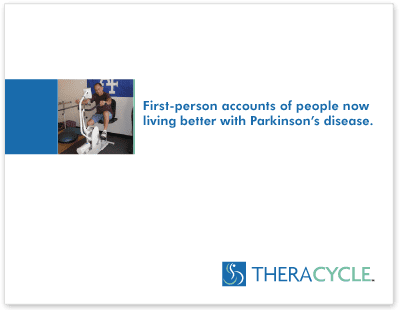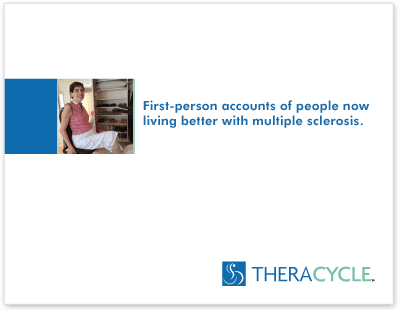- ›
- Stories
- ›
- Uncategorized
- ›
- Leveraging Video Games for Parkinson’s Disease Therapy
Stories
Leveraging Video Games for Parkinson’s Disease Therapy

Video games aren’t just for kids anymore. Movement heavy game systems, like the Nintendo Wii and the Xbox 360 Kinect, are the newest therapy treatment for sufferers of Parkinson’s disease and other movement disorders. But how do you go from bopping bad guys to therapy? Well…
The Wii is the first game system designed to make you move. With a movement sensitive remote control and active games, it can do almost anything. Additional parts, like a balance board and even a ‘skateboard’ can help PD sufferers with essential balance therapy.
The Xbox Kinect system is a good match for therapy for several reasons. It does not require the use of a remote, which is great news for those with trouble gripping. Instead, the Kinect uses your body as the remote, reading your movements and translating them onto the game screen.
But why go to all this effort? What’s wrong with traditional physical therapy? Well, for some it is simply too expensive. In this economy, with all the insurance issues, some people cannot afford traditional therapy. At least not as often as they need it. Also, transportation is an issue for some patients. So, why not offer a solution that they can do right in their own home.
Not only do video games allow patients to get therapy in their homes whenever they want, the games also encourage them to do more therapy then they would normally. Incentives such as points, stars, and levels help patients see what they are accomplishing, and the extended range of motion comes along with the added points.
At the University of California, researchers noted these improvements in the participants of their study. After 12 weeks of exercising with the assistance of video games, patients reported gains across several ranges of mobility:
- 65% had longer strides
- 55% had increased gait velocity
- 55% reported improved balance
Patients also reported that they completed the exercises more frequently because they enjoyed the activities and perceived improvements to their health.
“The games require visual perception, eye-hand coordination, figure-ground relationships and sequenced movement, so it’s a huge treatment tool from an occupational therapy perspective,” says Dr. Herz, of the Medical College of Georgia.
The mental stimulation of video games cannot be ignored either.
Author and game designer Jane McGonigal believes that video games offer many benefits. She believes that “gaming is…one of the most productive ways we can spend time.” Her 2011 book “Reality is Broken: Why Games Make Us Better and How They Can Change the World” declares that games do a better job of provoking positive emotions, leading to achievement and positive reinforcement. McGonigal goes so far to prescribe an hour of gaming per day.
Keeping your mind and body active are the major obstacles confronting movement disorder sufferers. Video games might just offer a solution for that.
About the Author:
Kate Croston is a freelance writer, holds a bachelor’s degree in Journalism and Mass Communication. She writes guest posts for different sites and loves contributing business internet service related topics. Questions or comments can be sent to: katecroston.croston09@gmail.com.







